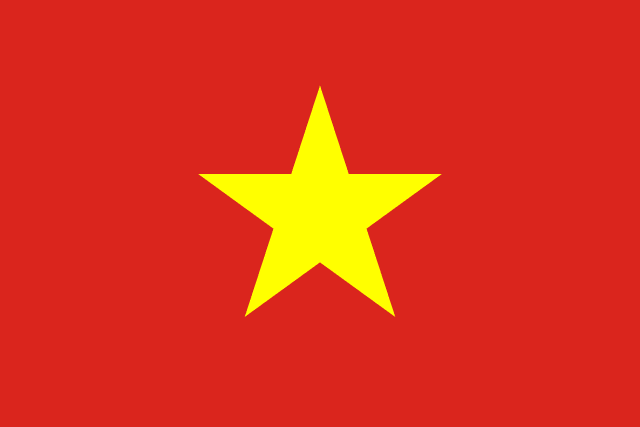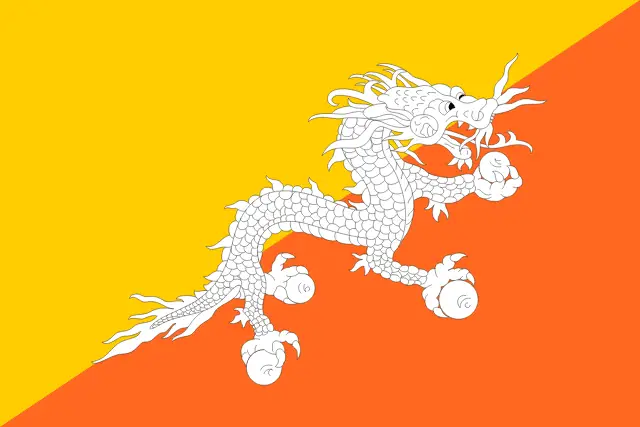Country Information
| Sovereign State | Yes |
| Country Codes | CN, CHN, 156 |
| Official Name | People’s Republic of China |
| Continent | Asia |
| Capital | Beijing |
| Government Type | Single-party socialist republic |
| Currency | Renminbi (CNY) |
| Calling Code | +86 |
| Member Of | United Nations, World Trade Organization, International Monetary Fund, World Bank, G20, Shanghai Cooperation Organisation, BRICS , Asia-Pacific Economic Cooperation, Association of Southeast Asian Nations – Dialogue Partner |
| Population | Approx. 1.4 billion (as of 2023) |
| Total Area | Approximately 9,600,000 square kilometers |
| Highest Point | Mount Everest (8,848.86 meters or 29,031.7 feet) |
| Lowest Point | Ayding Lake (−154 meters or −505 feet) |
| GDP Per Capita | Approx. $10,500 (as of 2023) |
| Life Expectancy | Approx. 77 years (as of 2023) |
| Internet TLD | .cn |
Chinese National Anthem
March of the Volunteers
Arise, ye who refuse to be slaves!
With our flesh and blood, let us build a new Great Wall!
As the Chinese nation faces its greatest peril,
All forcefully expend their last cries.
Arise! Arise! Arise!
Millions of hearts with one mind,
Brave the enemy’s gunfire, march on!
Brave the enemy’s gunfire, march on!
March on! March on! On!
Flags of Neighboring Countries














History of the Chinese Flag
The flag of the People’s Republic of China, known as the Five-starred Red Flag, was officially adopted on October 1, 1949, the day the People’s Republic of China was founded. The flag’s design holds significant symbolic meaning, reflecting the political ideology and national philosophy of China.
The flag features a red field with five golden stars in the canton. The large star represents the Communist Party of China, while the four smaller stars, arranged in an arc around the larger one, symbolize the unity of the Chinese people under the party. The red color signifies the revolution and the blood of those who died in the civil war and the struggle against foreign invasion. The color red is also traditionally considered a lucky color in Chinese culture.
The design of the flag was chosen from among several thousand submissions in a nationwide design contest. The winning design was created by Zeng Liansong, an economist and artist. He designed the flag to symbolize unity and the new era after the establishment of the People’s Republic of China.
Since its adoption, the flag has become a symbol of China and its people, representing the country’s identity, national pride, and place in the world. The flag is flown in public spaces, government buildings, and at international events, embodying the spirit and resilience of China. The design and symbolism of the flag have remained consistent since 1949, representing the stability and continuity of the Chinese state under the Communist Party.

